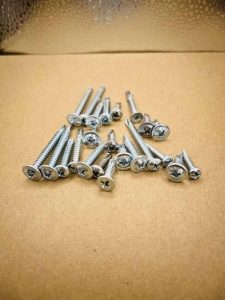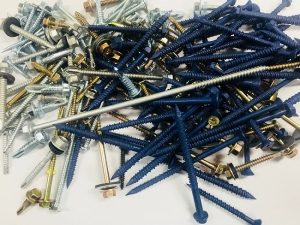Self Drilling Phillip Screws
Use the Correct Phillips Bit Size
Ensure the bit (e.g., #2 or #3 Phillips) matches the screw head perfectly to avoid cam-out (slippage) or stripping the recess. A magnetic or impact-rated bit improves grip and efficiency.
Adjust Drilling Speed
Start at a low to medium speed to let the self-drilling tip bite into the material (metal, wood, etc.). Gradually increase speed once the screw is anchored to prevent overheating or damaging the head.
Bonus Tip 1: Lubricate for Hard Metals:
Apply a drop of cutting oil to the screw tip when drilling into tough metals (e.g., stainless steel). This reduces friction, prevents overheating, and extends the screw’s lifespan.
Bonus Tip 2:Check Drill Point Capacity:
Match the screw’s drill tip length to your material thickness. If the material is thicker than the drill point, the screw may struggle to penetrate fully, risking breakage or incomplete fastening.
Bonus Tip 3:Store in Dry Conditions:
Keep screws in a sealed, moisture-free container to prevent rust (even coated ones). Humidity can degrade coatings over time, compromising corrosion resistance.
Apply Steady, Firm Pressure
Apply Steady, Firm Pressure
Maintain consistent pressure while driving to keep the screw aligned and let the drill tip work effectively. Avoid excessive force, which can bend the screw or strip the Phillips head.




